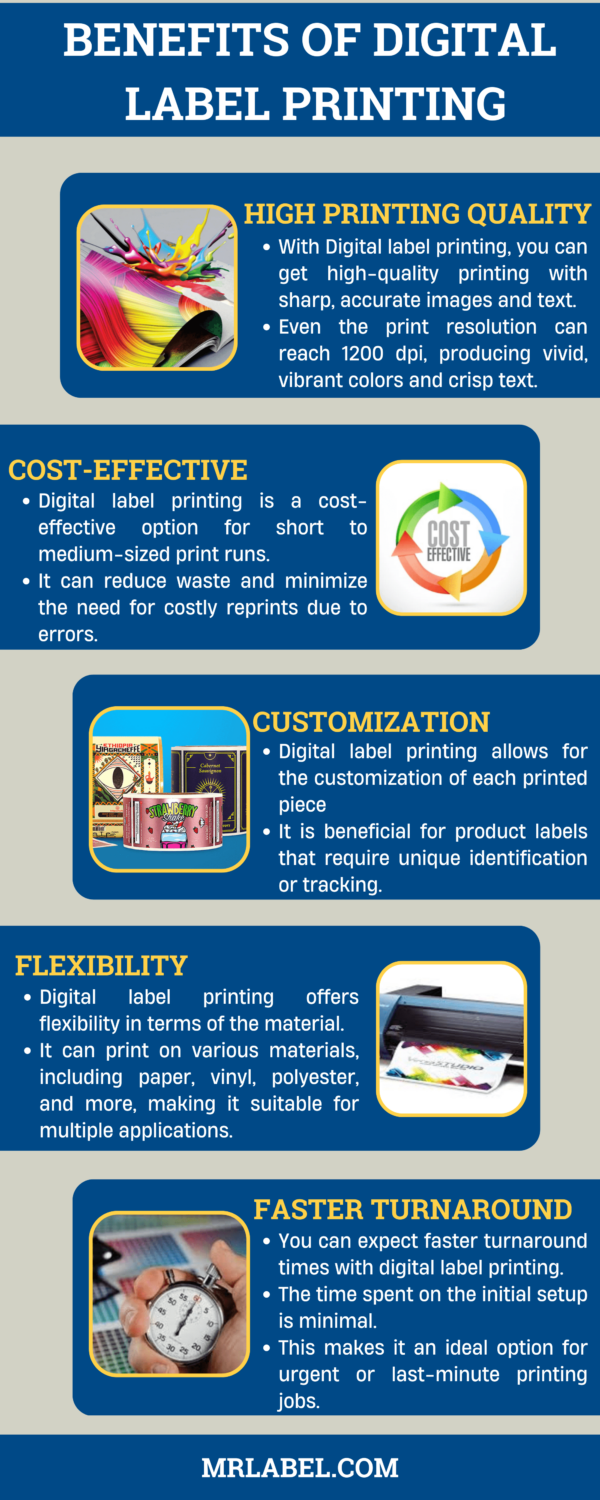Getting My Digital Printing To Work
Getting My Digital Printing To Work
Blog Article
Getting My Digital Printing To Work
Table of ContentsThe smart Trick of Digital Printing That Nobody is DiscussingSome Known Facts About Digital Printing.Digital Printing for BeginnersAn Unbiased View of Digital PrintingA Biased View of Digital PrintingThe Main Principles Of Digital Printing
Variable data printing, such as direct mail with personalized codes and addresses, is preferably matched for electronic printing. Digital quick printing only requires 4 steps of layout, evaluation, printing and binding to get everything done. Digital fast printing has an unmatched benefit: print on demand.According to PMMI, electronic printing enables brand names and makers to respond promptly to client needs while enhancing the supply chain, decreasing warehousing price and waste, and enjoying faster time to market. That all audios wonderful, but exactly how does this technology do all that? The major differentiator of these technologies is that there are no set up fees and no plates with electronic printing.
Little Known Questions About Digital Printing.
This results in quicker turn-around time and lowers cost when using digital printing.
Digital printing is very versatile, so it's simple to make adjustments to the bundle design quickly. It all goes back to the plates.
Much more stock can imply more waste down the road. With conventional printing methods, short-run printing is just not feasible. Because an excellent layout can make or damage your item, electronic printing consistently produces top quality, clear and vibrant graphics each time. Digital printing on adaptable bags adds the intense, lively, and accurate graphics that practically bid consumers to reach out and touch them.
Digital printing is the procedure of printing digital-based pictures directly onto a selection of media substratums. There is no requirement for a printing plate, unlike with offset printing. Digital files such as PDFs or desktop computer publishing files can be sent directly to the electronic printing machine to print on paper, picture paper, canvas, textile, synthetics, cardstock and various other substrates.
Digital Printing for Dummies
According to PMMI, digital printing permits brand names and producers to react swiftly to customer demands while improving the supply chain, lowering warehousing price and waste, and taking pleasure in faster time to market. That all sounds wonderful, yet exactly how does this modern technology do all that? The significant differentiator of these modern technologies is that there are no set up fees and no plates with electronic printing.
According to Wikipedia, the greatest distinction in between digital printing and typical methods such as lithography, flexography, gravure, or letterpress is that there is no demand to replace printing plates in electronic printing, whereas in these analog printing approaches the plates are repeatedly changed. This leads to quicker turnaround time and decreases cost when utilizing electronic printing.

Excitement About Digital Printing
Much more inventory can mean more waste down the road. With conventional printing image source approaches, short-run printing is simply not feasible. Since a great design can make or damage your item, electronic printing constantly produces top notch, clear and vivid graphics each time. Digital printing on adaptable bags adds the brilliant, vibrant, and precise graphics that almost bid consumers to reach out and touch them.

According to PMMI, electronic printing enables brands and manufacturers to react promptly to client demands while improving the supply chain, decreasing warehousing cost and waste, and enjoying faster time to market. That all audios wonderful, yet exactly how does this innovation do all that? The major differentiator of these technologies is that there are no set up charges and no plates with electronic printing.
Digital Printing Things To Know Before You Buy
According to Wikipedia, the best distinction between electronic printing and conventional approaches such as lithography, flexography, gravure, or letterpress is that there is no requirement to change printing plates in digital printing, whereas in these analog printing techniques home plates are consistently changed. This results in quicker turn-around time and decreases expense when making use of digital printing.
Quick production means getting your item to market faster. It additionally implies it's easier and faster to make modifications in the future, when you alter a dish, include a SKU, or produce seasonal packaging. Digital printing is extremely flexible, so it's very easy to make adjustments to the plan design swiftly. All of it returns to the plates.

The Main Principles Of Digital Printing
Digital printing is the process of printing digital-based images straight onto a variety of media substrates. There is no need for a printing plate, unlike with offset printing. Digital files such as PDFs or desktop publishing files can be sent out straight to the electronic printing machine to publish on paper, picture paper, canvas, fabric, synthetics, cardstock and other substrates.
Report this page